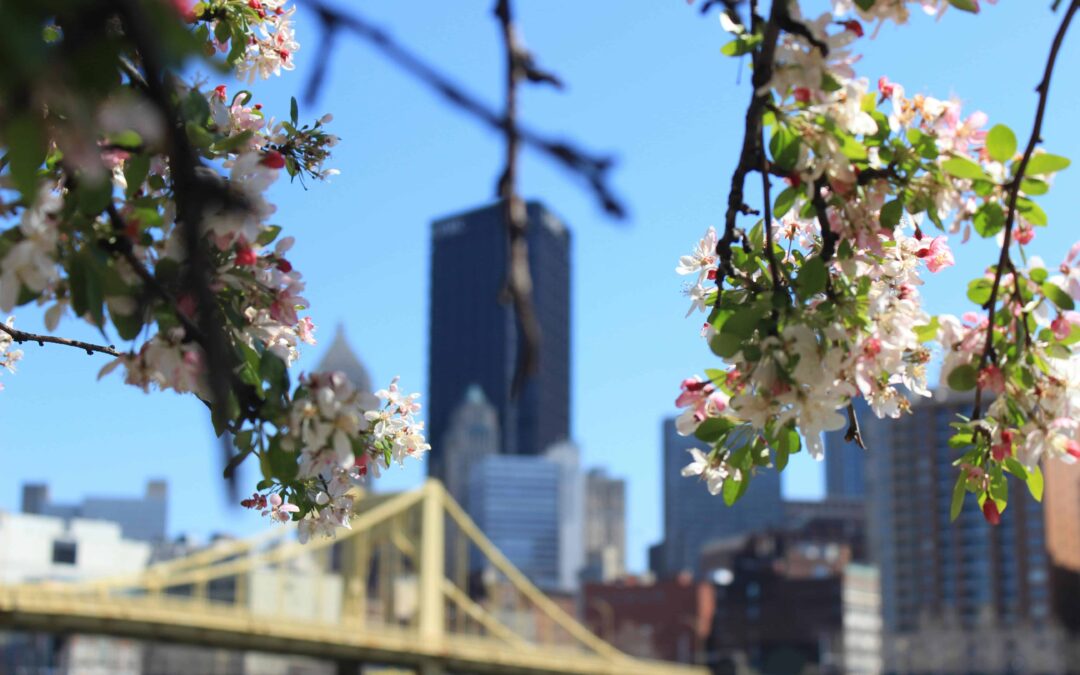Emergency tree removal isn’t something homeowners typically plan for, but when storms strike or trees fall, time is critical. Whether you’re dealing with a downed or dangerous tree, broken limbs, or uprooted stumps, knowing what to do in a tree emergency can make a big difference for the safety of your home.
In Pittsburgh, PA, severe weather, natural disasters, and aging urban trees increase the risk of emergencies that involve property damage, blocked roads, or fallen power lines. You need to call a tree service company to restore safety.
If you’re a homeowner in western PA or the greater Pittsburgh region, this guide will help you understand when to act, who to call, and what to expect from a trusted emergency tree service in Pittsburgh.
When Does a Tree Emergency Require Immediate Attention?
Sometimes, you will have time to deal with a hazardous tree. Other times you may have little time to wait. Such occasions include:
- Trees that have fallen onto roofs, cars, or roads
- Broken or fallen branches dangling dangerously
- Trees leaning after heavy wind or erosion
- Storm-damaged limbs at risk of breaking
- Trees split down the center or cracked at the trunk
- Trees affecting live power lines
What Causes Emergency Tree Removal in Pittsburgh?
In our city and the surrounding areas, several key factors often lead to the need for emergency tree removal:
1. Severe Weather and Storm Damage
Strong winds, lightning strikes, heavy snow, and ice can all take a toll on even healthy trees. Severe weather is one of the most common triggers for emergency services related to trees.
2. Aging and Decaying Trees
Older trees, especially those in urban areas like our city, are more prone to internal rot or structural failure. Without regular inspection, decay can go unnoticed until a sudden break occurs.
3. Pest Infestation and Tree Diseases
Insects like the emerald ash borer or fungal infections can weaken the internal structure of trees, making them more likely to collapse. These compromised trees often require emergency tree service before they fall unexpectedly.
4. Construction and Soil Disruption
Nearby excavation, foundation work, or landscaping can destabilize the tree’s root system. This makes the tree more likely to tilt or uproot, especially during heavy rain.
5. Overgrown Trees and Lack of Maintenance
Trees that haven’t been properly trimmed or pruned may develop heavy, unbalanced canopies. The added weight can cause branches or the entire tree to break during high winds.
6. Poor Planting Location
Sometimes, a tree is simply planted too close to structures or power lines. As it matures, it can become a serious threat to property and safety, requiring quick removal.
What to Do When a Tree Emergency Happens
When facing a tree emergency, acting quickly and responsibly can help prevent further damage and keep your family safe. Here’s what every homeowner should do:
Call A Professional Tree Service
Contact local Pittsburgh tree service specialists to deal with emergencies. They have the right tools, skills, and training to handle problems safely. Local companies respond quickly, and are aware of local regulations. With their help, you can quickly restore the safety of your property.
Stay Calm and Assess the Risk
Check your surroundings for immediate danger. If the tree has fallen onto a roof, vehicle, or road, avoid the area entirely. Never approach a tree or stump near downed power lines.
Keep Everyone Away from the Site
Children, pets, and even neighbors may want to inspect the damage, but it’s best to keep everyone clear of the danger zone. Fallen branches can shift unexpectedly.
Avoid DIY Tree Removal
Using chainsaws or climbing trees during an emergency can be extremely dangerous. Emergency tree removal services require experience, proper tools and equipment, and safety training.
Document the Damage
Take photos or videos of the tree and surrounding area for insurance purposes. This documentation can help if you need to file a claim later.
Cover Exposed Areas
If a tree has damaged your roof or siding, try to cover the opening with a tarp or plastic sheet, only if it’s safe to do so. Preventing water intrusion is critical.
How to Prevent Emergency Tree Situations
Preventive care is the key to avoiding many emergencies. Homeowners can reduce their risk with regular maintenance, proper planting, and early intervention.
Tips for Prevention:
- Schedule routine tree trimming and inspections
- Watch for signs of storm damage or rot
- Remove weak or poorly positioned trees before they fall
- Use a free estimate service to identify risks before issues arise
- Consult arborists for guidance on tree health and care
Meta:

Recent Comments